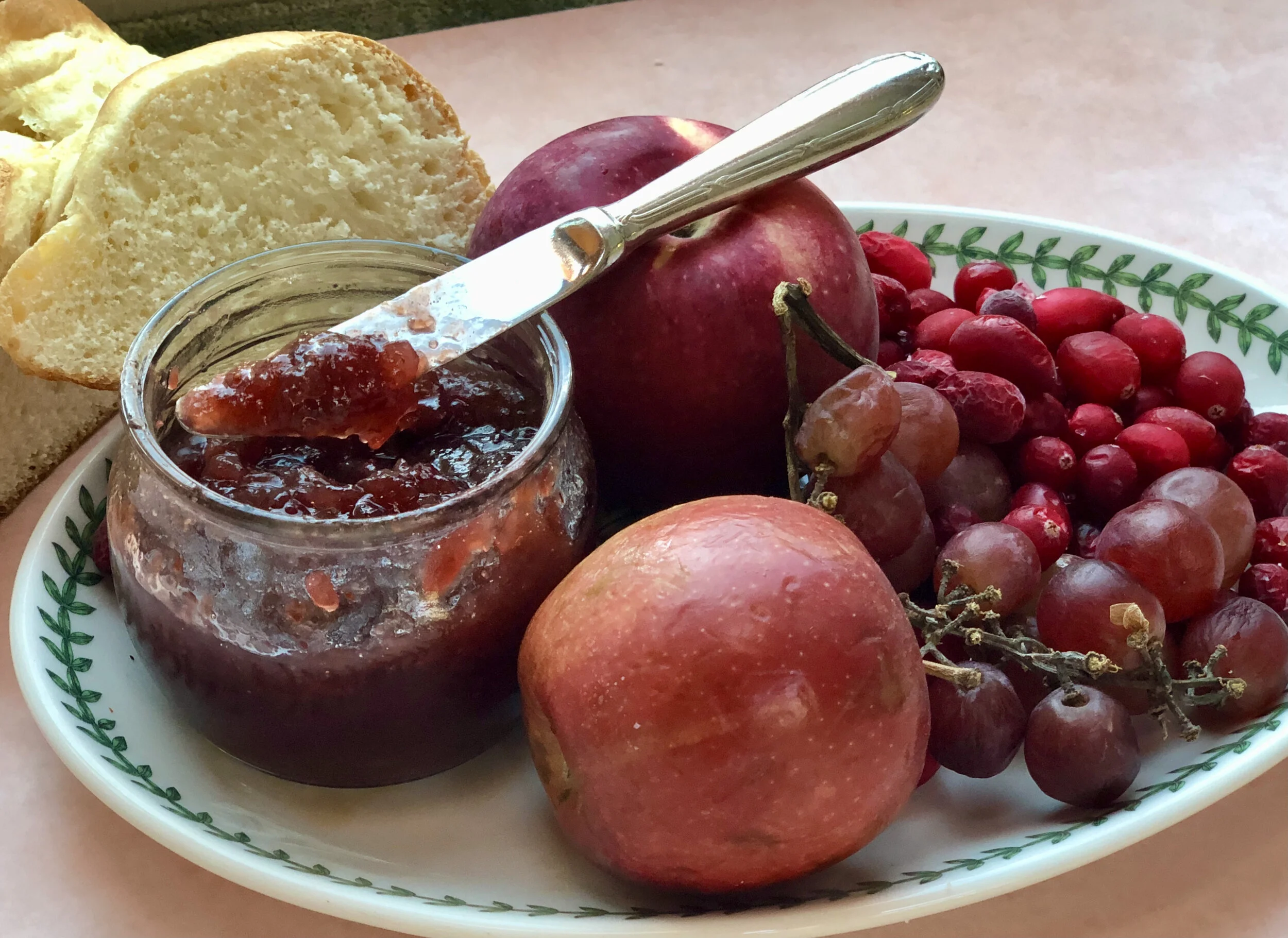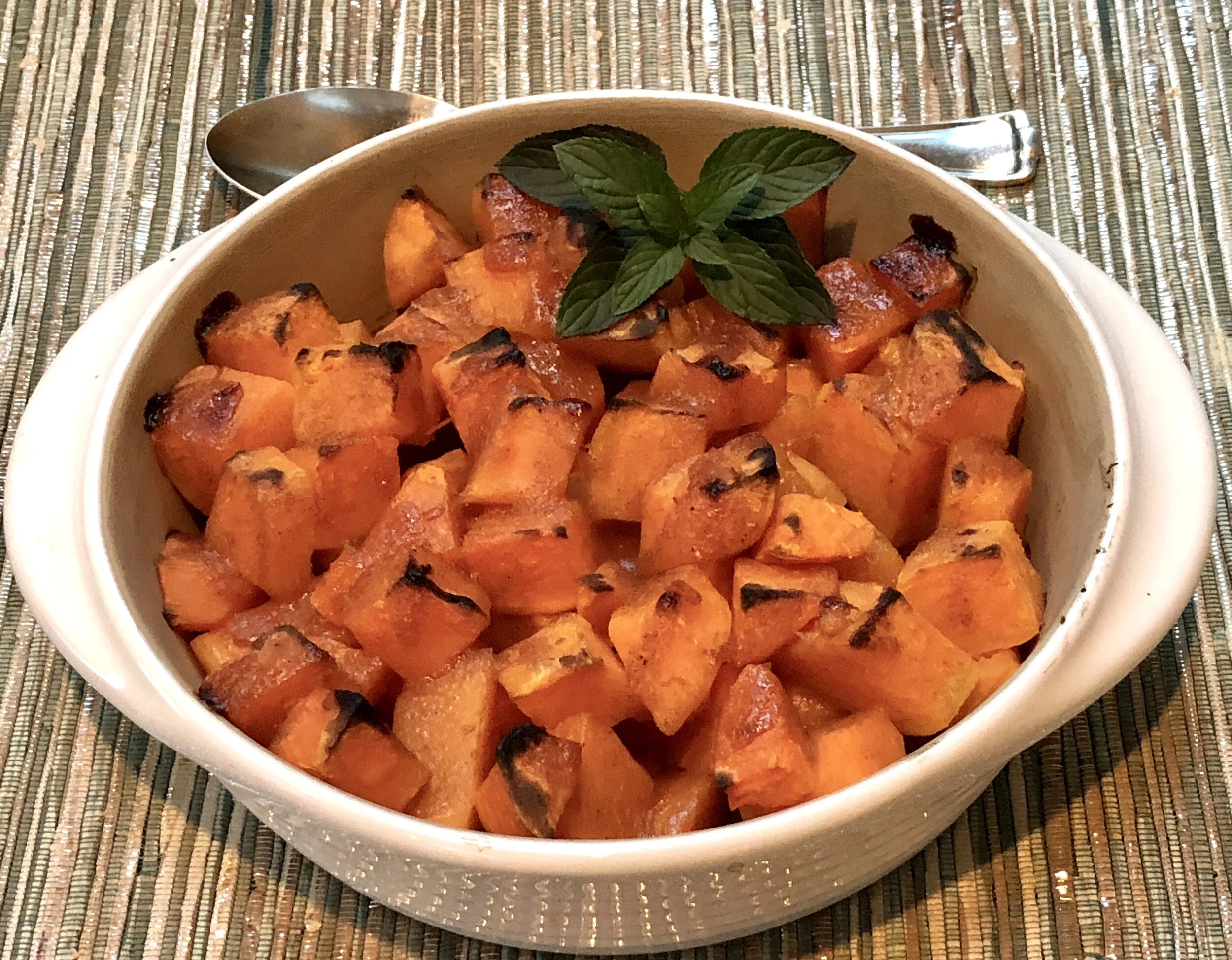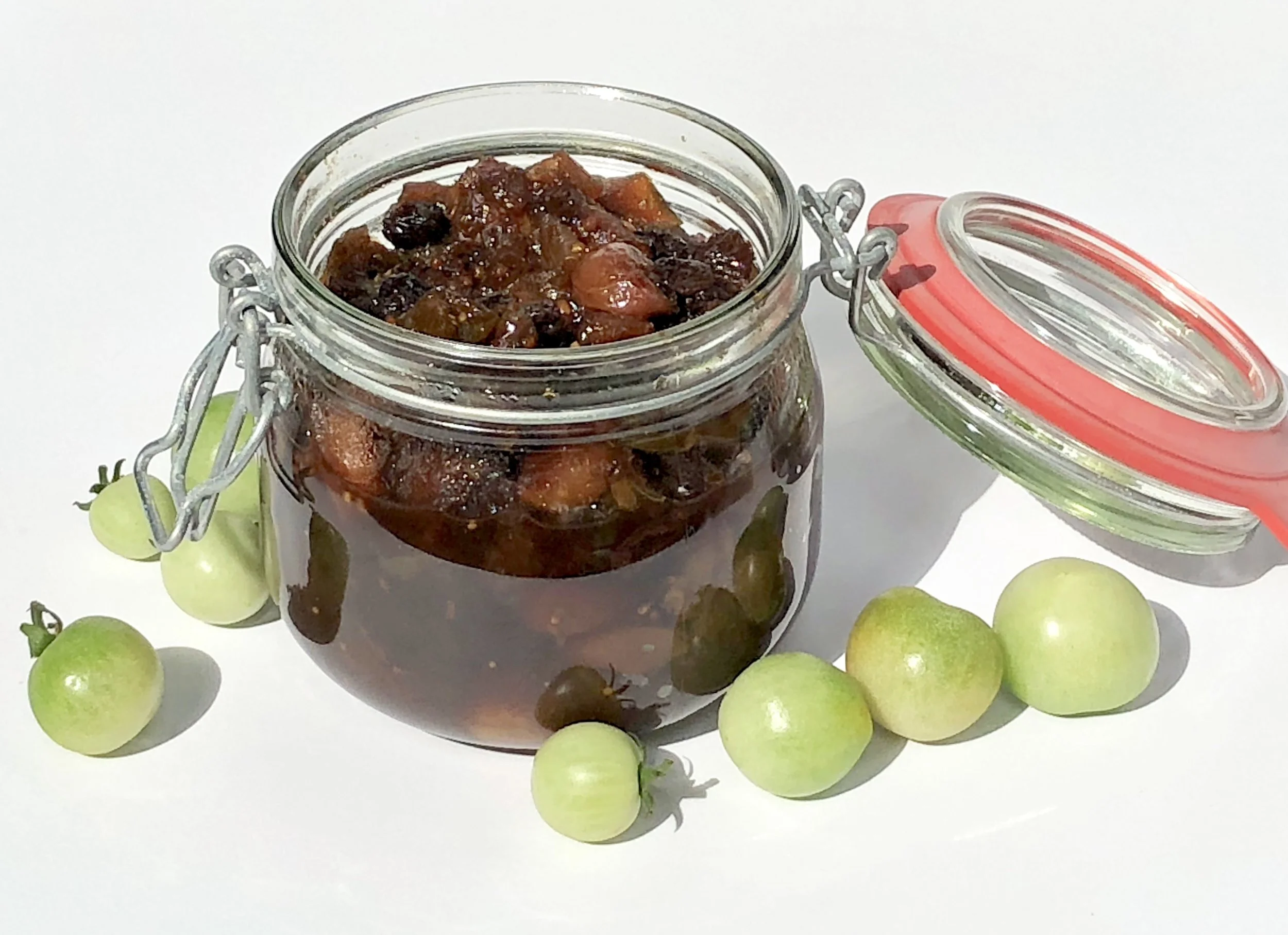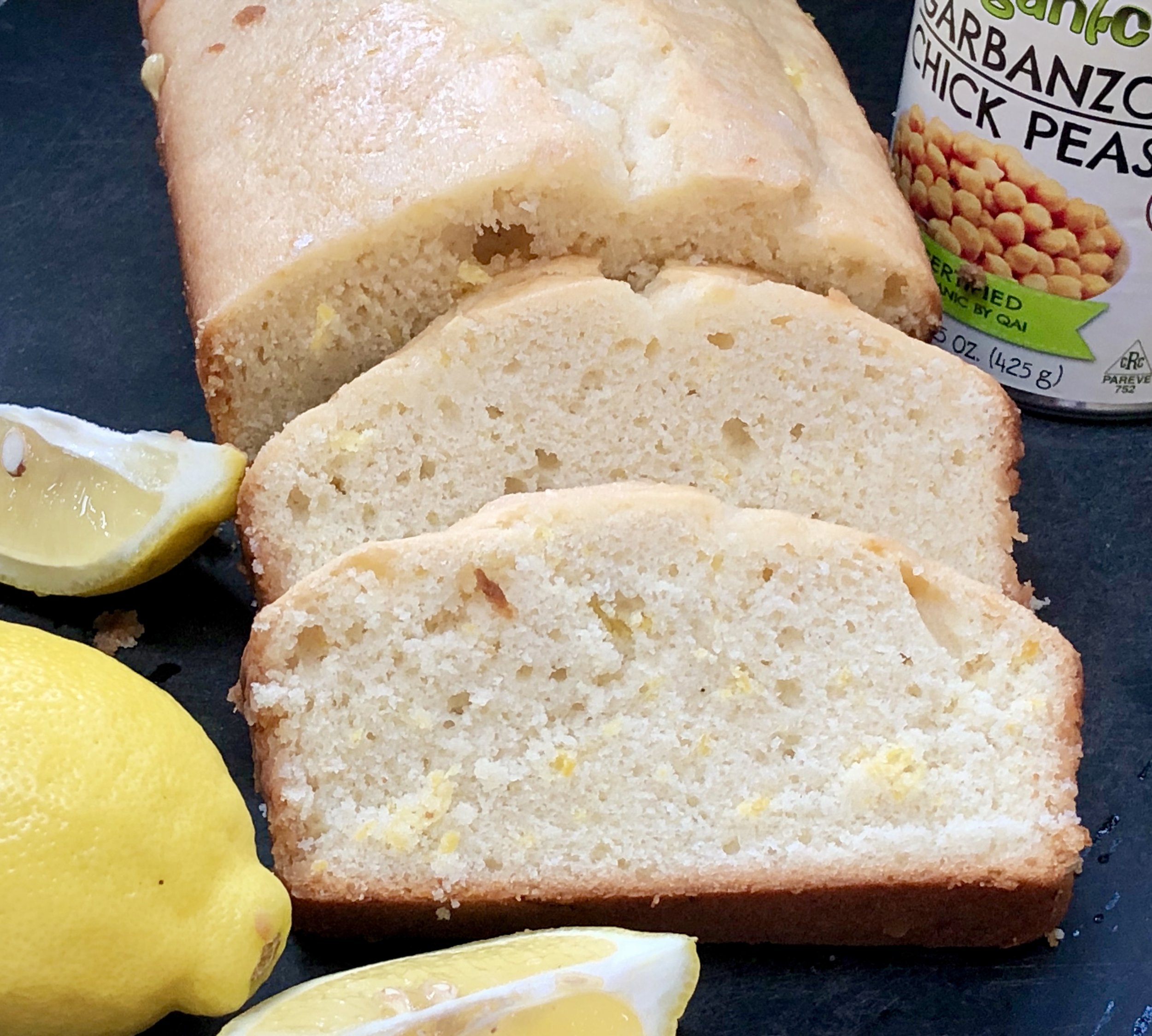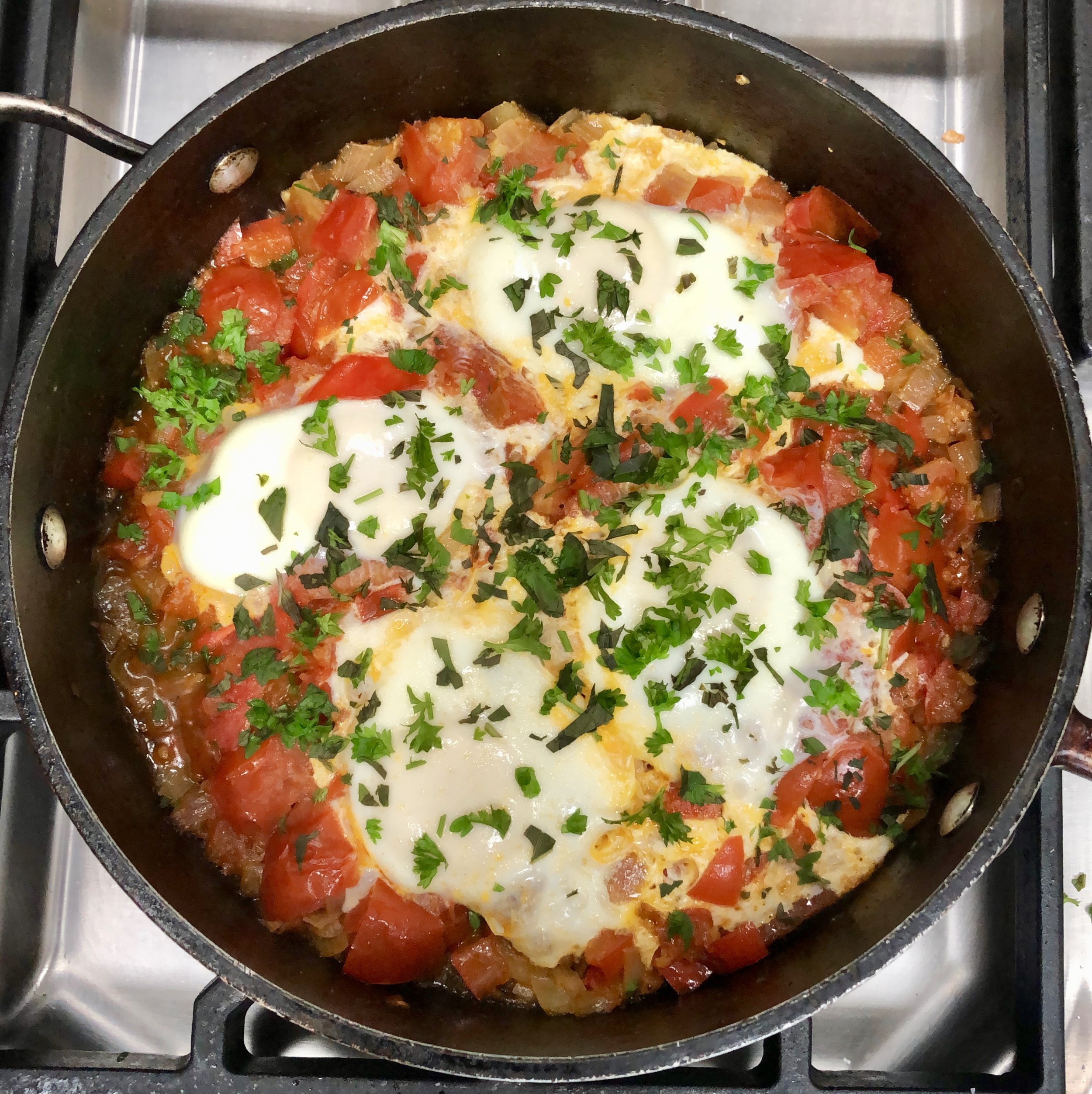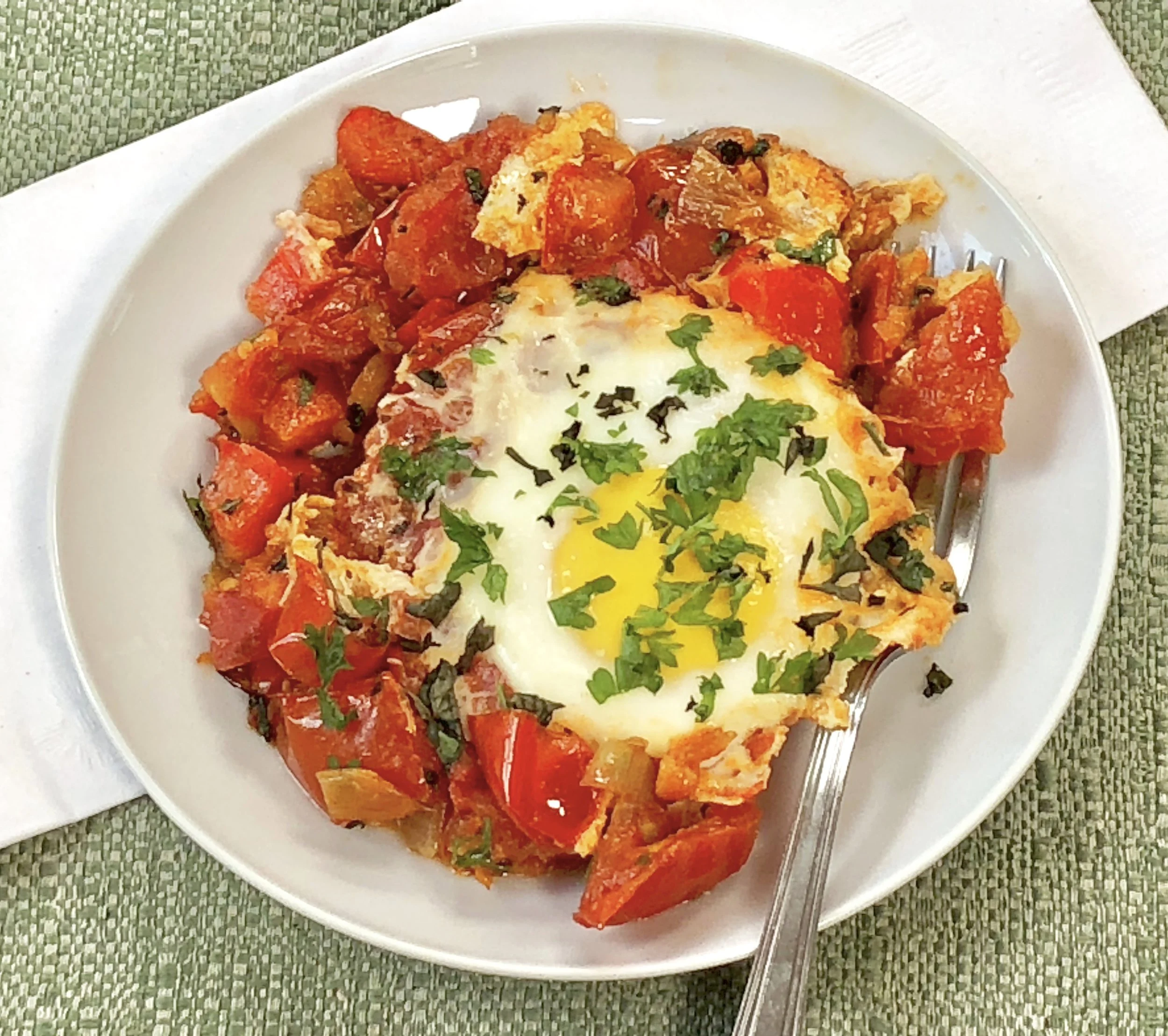Banana Applesauce Muffins
We were thrilled, LUCKY, this year to be able to have a real Seder with most (9) of our immediate family (and Elijah for a moment or two of course).
The adults were all vaccinated and the kids had quarantined, so we felt safe. It was glorious. Our youngest grandchild was reluctant to ask the four questions so we all asked because, why not!
I tried out a new charoset which my family declared was “the one!”
I actually ran out of fresh horseradish for the first time ever!
As usual I had bought a ton of fruit because my grandkids are huge fans. But as usual, there were leftover bananas — but only two! And this year there was also some leftover homemade applesauce.
So, after the holiday I revised one of my banana muffin recipes to accommodate what I had. The result: moist, tender, not too sweet Banana-Applesauce Muffins. These are plain but you could add blueberries, chocolate chips, a swirl of melted chocolate, chopped nuts and so on.
Banana Applesauce Muffins
1-1/2 cups all-purpose flour
1 teaspoon baking soda
1 teaspoon baking powder
1/2 teaspoon salt
1/2 teaspoon cinnamon
6 tablespoons vegetable oil
1/3 cup sugar
1 large egg
2 bananas, mashed
1/2 cup applesauce
1 teaspoon vanilla extract
Preheat the oven to 400 degrees. Lightly grease 10 muffin cups. Mix the flour, baking soda, baking powder, salt and cinnamon together in a bowl. In the bowl of an electric mixer (or use a hand mixer) beat the vegetable oil and sugar together on medium speed for about 2 minutes or until well combined. Add the egg and beat it in until thoroughly combined. Add the mashed bananas, applesauce and vanilla extract and beat for another minute or until the ingredients are well blended. Spoon equal amounts of the batter into the prepared muffin cups. Bake for 18-20 minutes, or until a cake tester inserted into center of muffin comes out clean.
Makes 10


